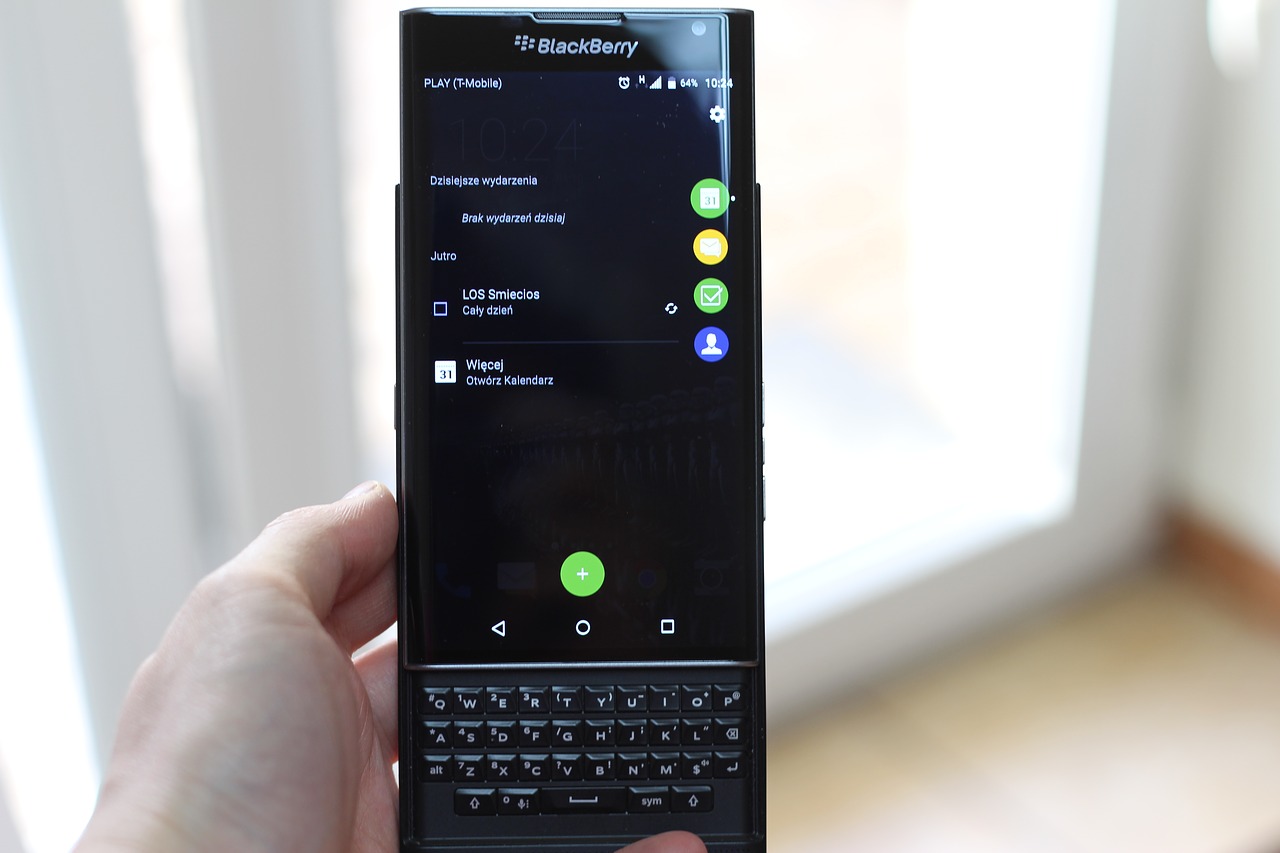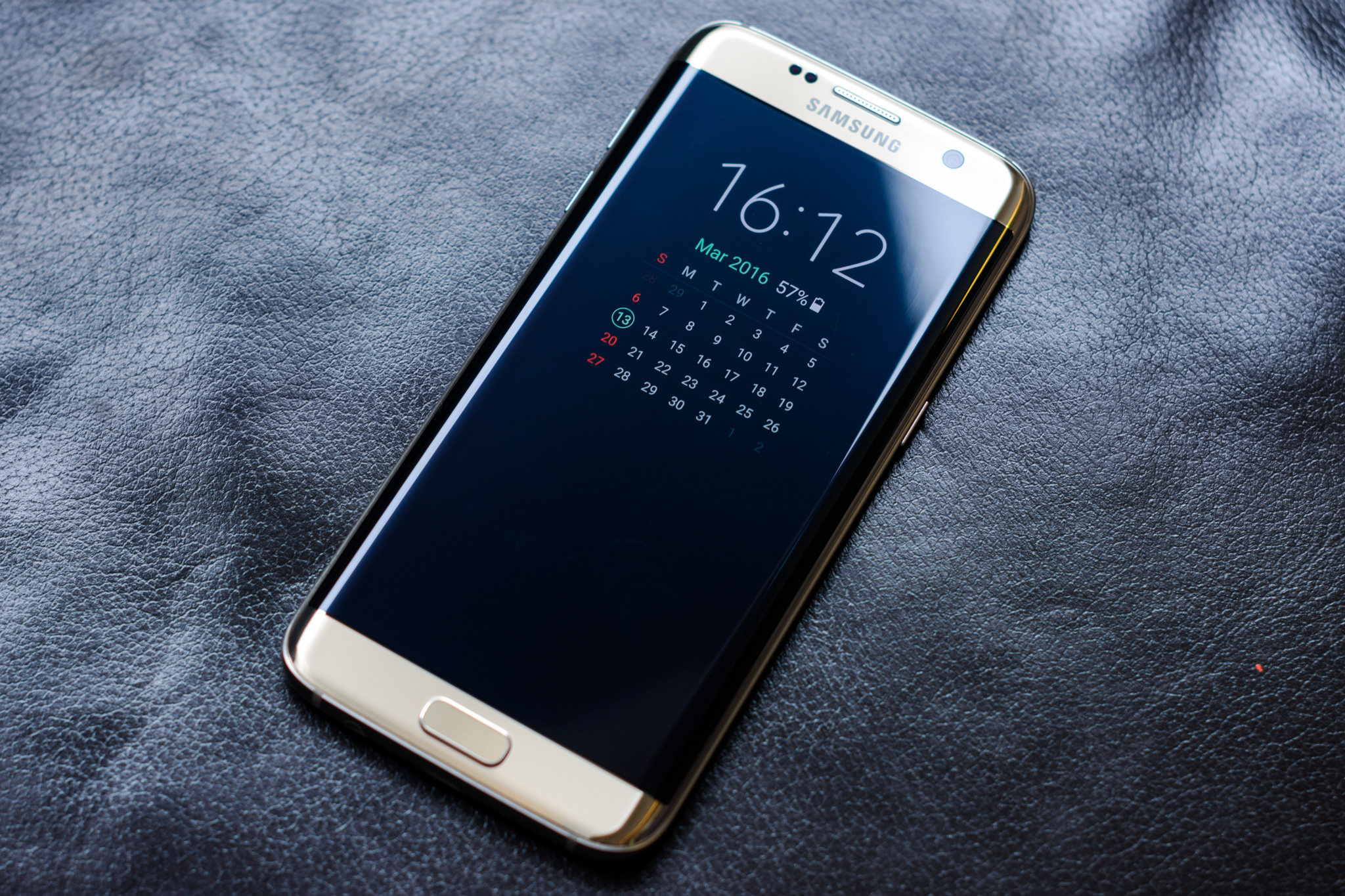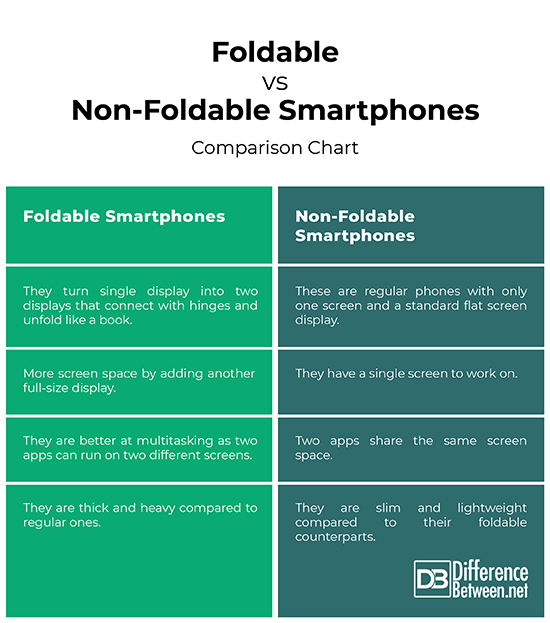Difference Between Foldable Smartphones and Non-Foldable Smartphones
The long awaiting idea of foldable smartphones is coming to reality. It’s been known that Samsung has been working on a foldable display for smartphones for some time already, but now the world’s leading smartphone maker finally announced its first foldable smartphone, the Samsung Fold, just days before the MWC began in earnest. It’s no secret that smartphone makers have been working on foldable smartphones for years, while leading players like Apple, Motorola, LG, and Huawei already secured patents for foldable devices. However, Samsung upped the ante in the smartphone war with the next-generation Samsung Fold.
It seems foldable phones are back on the game, now that Huawei also showcased its much anticipated 5G foldable AI phone – the Huawei Mate X. From notch-free phones, bezel-less displays to triple rear cameras and glass backs, smartphones have seen some pretty significant developments in the past. And now with folding screens and 5G, the year 2019 kicks off on a great note for the smartphone industry. Foldable displays are definitely the future of smartphone displays and looking at how technology has surpassed our dreams, it’s impossible to guess what’s coming next in smartphone revolution. Now that our wild concepts have become a reality, let’s see what makes foldable phones so different from their non-foldable counterparts and why would you want one.
What is Foldable Smartphones?
Foldable smartphone is considered as a next generation product and the next big breakthrough in the smartphone innovation. The essence of foldable smartphones is the use of a foldable OLED display that will enable new device form factors. They are an extension of flexible OLED technologies, the development of which began in the late 2000s and first appeared in consumer television displays. They are the next generation of smartphone displays which are very flexible in nature, allowing users to interact with the phone by twisting, bending and folding the display like a piece of paper. It’s an electronic visual display based on the electronic paper (e-paper) technology. Samsung and Huawei just announced their own foldable models as Samsung Galaxy Fold and Huawei Mate X.
What is Non-Foldable Smartphones?
Non foldable phones are your regular smartphones with standard flat screen display. They bring similar multitasking benefits and core features like better cameras, more RAM, faster processor, full-HD display, better battery life, and more. They boast immersive displays for a rich multimedia experience and powerful cameras to click studio-quality pictures. Unlike foldable smartphones, they have flat panel displays with screen size ranging anywhere between 5.5 and 6.5-inch and RAM from 4GB to astonishing 8GB RAM. However, today all the smartphones, the regular ones, look pretty much the same with the same conventional bezel-less design but with really big displays. Unlike foldable smartphones, they are less complex as they have one less screen to manage, which is good in terms of usability.
Difference between Foldable and Non-Foldable Smartphones
-
Technology of Foldable and Non-Foldable Smartphones
– Non-foldable phones are just regular smartphones with standard flat screen display and they only have one screen to work on. Foldable phones, on the other hand, are a relatively new display technology in smartphones with foldable display like the new Samsung Galaxy Fold. Although foldable phones bring similar features and multitasking benefits as the regular ones, except they turn single display into two displays that connect with hinges and unfold like a book. The two screens work side by side and they bend at the middle which doubles the screen space for you to work on.
-
Screen Space availability for Foldable vs. Non-Foldable Smartphones
– The foldable phones are regarded as the next generation of smartphone displays with increased screen space. Not only have they doubled the screen space by adding another full-size display, they did it without making the phones too big and bulky. It’s like a dual-monitor setup with more screen to work on so that you can have multiple ways to use the screen space. You can either use one screen or use both the screens with each screen running a different app. You can also use both the screens as a single big display while playing games and watching movies for a tablet-like experience.
-
Multitasking
– One of the major advantages of a foldable smartphone is that it brings the best of both the worlds – a smartphone and a tablet. So, with a foldable phone, you’ve got the functionality of both in a single device. Not only does it remove the need to carry two devices, it also makes multitasking a breeze. Multitasking now makes just as fun on foldable smartphones as it does with tablets. With the ability to split a screen into two, you have the flexibility to run two apps on two different screens without crunching for the screen space.
-
Usability of Foldable vs. Non-Foldable Smartphones
– One downside to foldable displays is usability. There is more than just one way the dual-screen smartphones can go wrong. For one, the additional screen adds more weight to the phone while making it super thick. Unless manufacturers fit in paper-thin batteries and make each side a few millimeters thin, you are looking at a super-thick smartphone. Also, it may not withstand the wear that comes with folding/unfolding actions. A super-thick and heavy foldable phone might alienate a few users. Usability is not a problem with regular phones.
Foldable vs. Non-Foldable Smartphones: Comparison Chart
Summary of Foldable vs. Non-Foldable Smartphones
Foldable displays are already here and they are here to stay. We’ll probably have more companies joining the foldable phone race, probably with better specs and better designs. Well, foldable smartphones are the next wave of flexible display products and is under constant R&D to be market-ready within months. We have seen some pretty significant developments in the past related to smartphone display technologies, but foldable displays are something very different and fresh. And this at a time, when consumers are almost starting to lose excitement due to the lack of innovation, is definitely going to ring some bells.
- Difference Between Caucus and Primary - June 18, 2024
- Difference Between PPO and POS - May 30, 2024
- Difference Between RFID and NFC - May 28, 2024
Search DifferenceBetween.net :
Leave a Response
References :
[0]Image credit: https://pixabay.com/es/photos/blackberry-priv-teléfono-móvil-2690104/
[1]Image credit: https://en.wikipedia.org/wiki/Samsung_Experience#/media/File:Samsung_Galaxy_S7_edge_(25690678361).jpg
[2]Souk, Jun, et al. Flat Panel Display Manufacturing. Hoboken, New Jersey: John Wiley & Sons, 2018. Print
[3]Dolcourt, Jessica. “Why You Might Want a Foldable Samsung Galaxy Phone.” CNET, 2 Jan. 2018, www.cnet.com/news/foldable-samsung-galaxy-phone-pros-cons/. Accessed 2 Mar. 2019.



